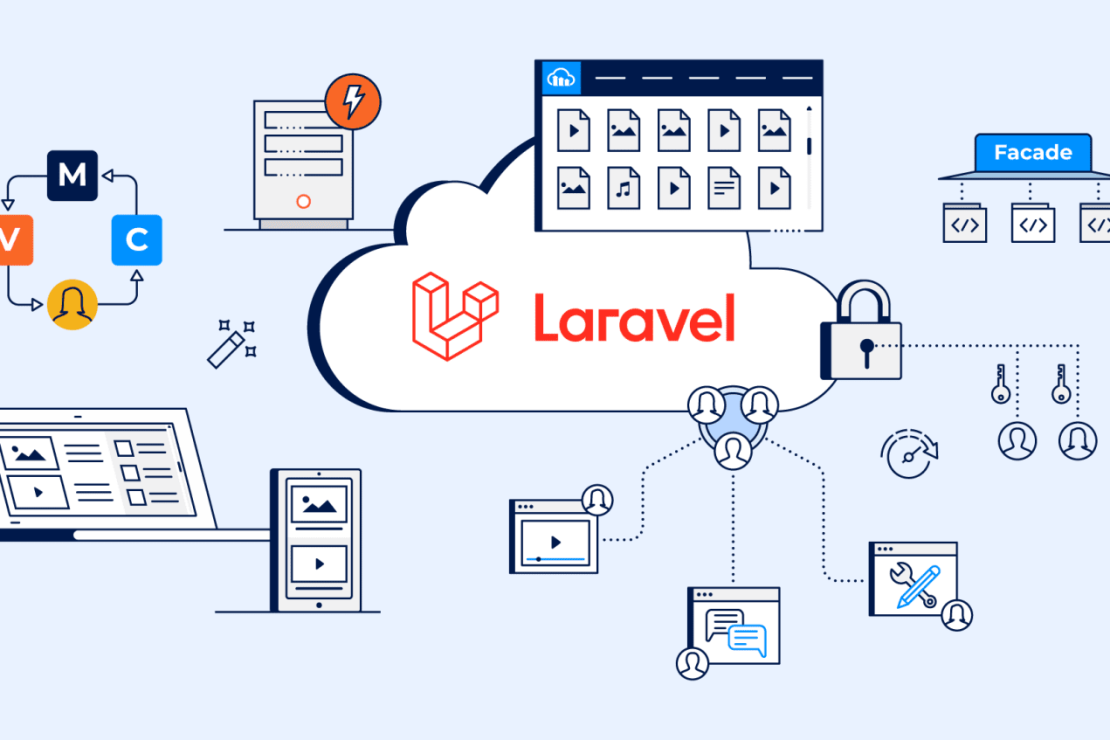
Welcome to the world of Laravel Queues – where background tasks are managed seamlessly, allowing startups to prioritize efficiency and scalability. In a fast-paced startup environment, time is of the essence, making Laravel Queues an indispensable tool for streamlining processes and optimizing performance. Let’s delve into how leveraging queues can revolutionize the way startups handle their workload management!
Benefits of Using Queues in a Startup Environment
When it comes to managing a startup, time is of the essence. Every second counts when trying to scale and grow your business. This is where Laravel Queues come in handy.
By utilizing queues in your startup environment, you can offload time-consuming tasks to be processed in the background. This allows your application to remain responsive and efficient, ensuring a seamless user experience.
Queue systems help prevent bottlenecks by handling tasks asynchronously, reducing the risk of slowing down essential processes within your application. As a result, you can focus on delivering value to your customers without worrying about performance issues.
In a fast-paced startup setting where agility is key, using queues enables you to prioritize critical operations while non-urgent tasks are queued for processing later on. This flexibility optimizes resource allocation and enhances overall productivity.
Setting up Laravel Queues
Setting up Laravel Queues is a crucial step in optimizing background tasks for startups. To get started, ensure you have the necessary prerequisites installed on your server. Next, configure your `.env` file with the appropriate queue connection settings based on your chosen driver (Redis, database, etc.).
Then, define the queues and specify which jobs should be processed by each queue in your `config/queue.php` configuration file. Don’t forget to create the necessary migration files for storing job data in case you are using a database driver.
After setting up the basics, run `php artisan queue:table` to generate the migration file for the jobs table and then execute `php artisan migrate` to create it in your database. Start processing jobs by running `php artisan queue:work` or set up a scheduler to automatically process queued jobs at set intervals.
Monitoring and Troubleshooting Queue Jobs
Keeping track of queue jobs is vital in ensuring that your background tasks are running smoothly. Laravel provides a convenient interface for monitoring and troubleshooting queue jobs through various tools and techniques.
One way to monitor the status of your queues is by using Laravel Horizon, which gives you real-time insights into job throughput, runtime, and failures. It allows you to easily spot any bottlenecks or issues that may arise.
In case a job fails or encounters an error, Laravel’s logging functionality comes in handy. By logging errors and exceptions properly, you can quickly identify the root cause of the problem and take appropriate action to resolve it.
Monitoring the performance of your queues helps in optimizing their efficiency. You can analyze metrics like job completion time and processing rate to fine-tune your queue configuration for better performance.
Best Practices for Using Laravel Queues in Startups
When it comes to using Laravel Queues in startups, there are a few best practices that can help streamline your background task management. Always prioritize your queue jobs based on their importance and impact on the application. By setting priorities, you ensure that critical tasks are processed promptly.
Make sure to monitor your queues regularly to identify any bottlenecks or issues early on. This proactive approach can prevent potential delays and keep your application running smoothly.
Consider implementing retry logic for failed jobs to automatically reprocess them without manual intervention. This can help improve job success rates and overall system reliability.
Optimize your queue configuration by adjusting parameters such as the number of workers and queue connections based on the workload requirements of your startup. Finding the right balance can enhance performance and efficiency in handling background tasks effectively.
Conclusion
Laravel Queues offer a powerful solution for managing background tasks in startups. By offloading time-consuming processes to queues, businesses can improve performance and scalability while providing a seamless user experience. Setting up Laravel Queues is straightforward, and monitoring and troubleshooting jobs ensure smooth operation.
Leveraging Laravel Queues in startup environments can streamline operations, enhance efficiency, and ultimately contribute to the growth and success of the business. Embracing this technology will not only optimize your workflow but also pave the way for innovation and competitive advantage in today’s fast-paced digital landscape. Start integrating Laravel Queues into your development process today and witness firsthand the transformative impact it can have on your startup’s journey towards excellence.